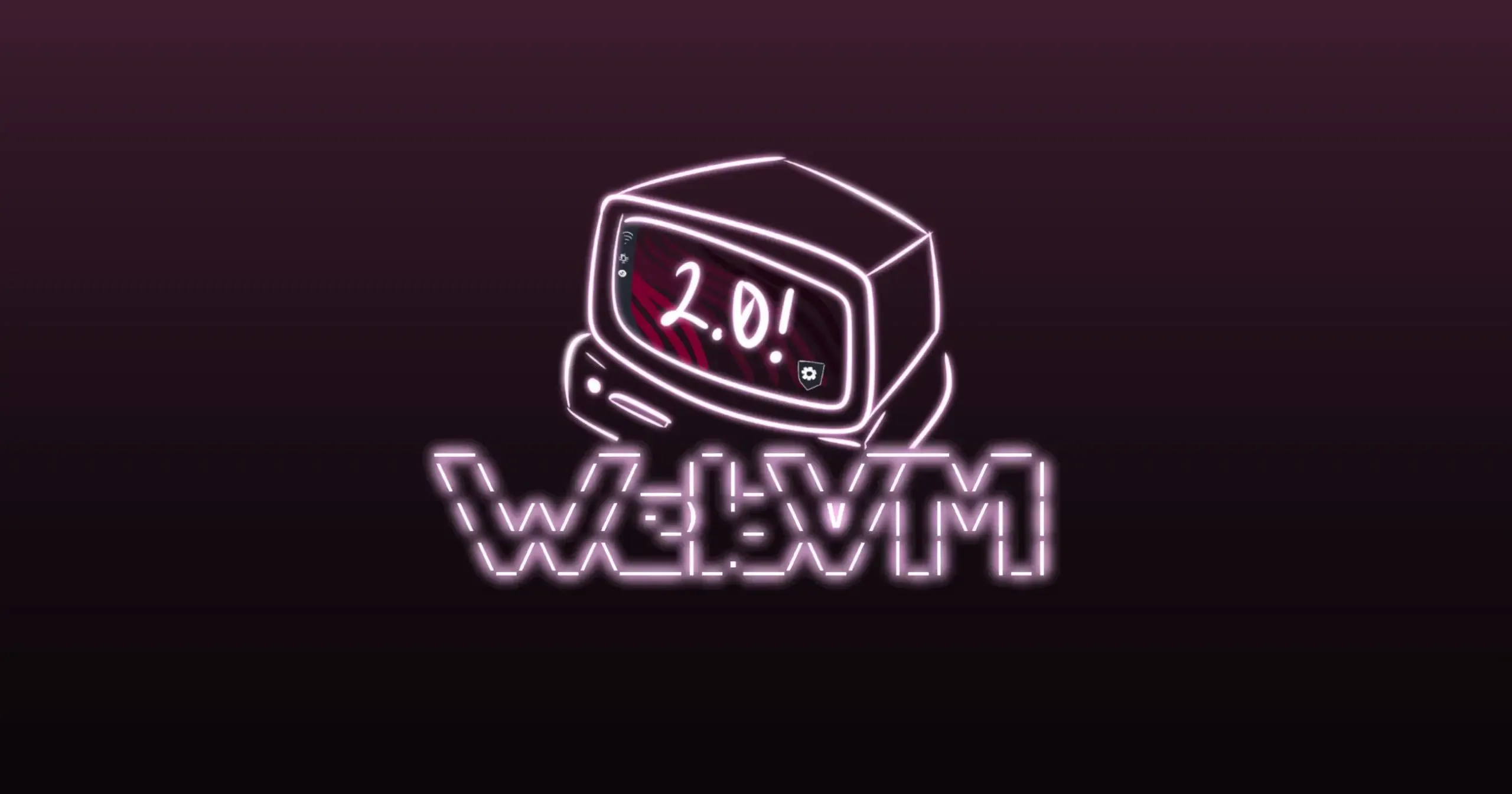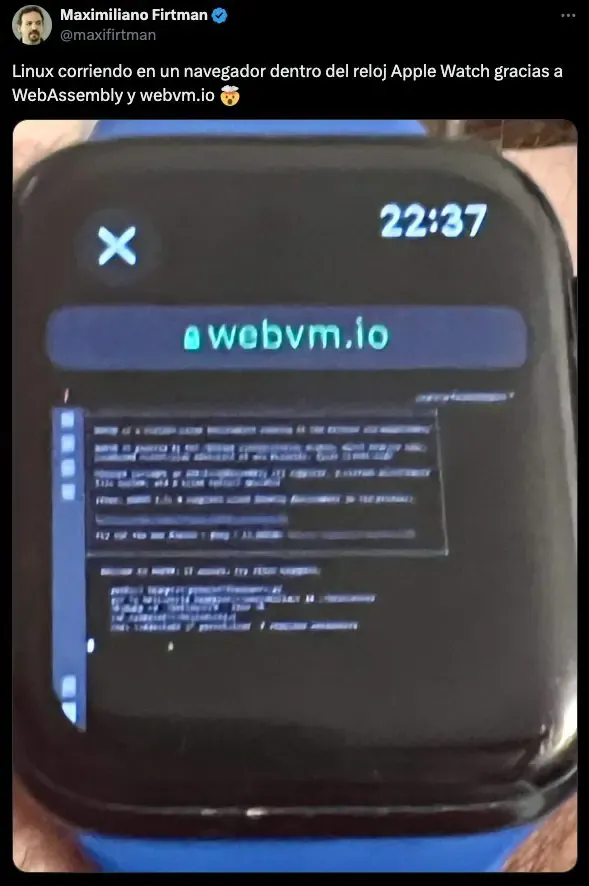
Ryan Forde
November 26, 2024
We recently announced the release of WebVM 2.0 and the reaction to the announcement, WebVM 2.0: A complete Linux Desktop Environment in the browser via WebAssembly , has been overwhelmingly positive, with increased website traffic, social media buzz, and user-generated content showcasing its potential impact.
WebVM is a full Linux environment running in the browser with a unique setup. WebVM 2.0, boasts a virtualization engine, persistent storage, networking capabilities, and now includes Xorg and full desktop environments. It supports unmodified Linux distributions and runs within the browser sandbox using WebAssembly and CheerpX.
CheerpX, a secure x86 virtualization engine, runs binary code for various applications. The tool also offers disk handling with low-latency downloading, private networking facilitated by Tailscale, and graphical support through Xorg. This innovative approach aims to make any application accessible via the browser, even those incompatible with WebAssembly.
WebVM and CheerpX software are freely available for community use and modification. The post outlined the core architectural components and future plans to run complex graphical interfaces, support Docker containers, and enhance user experience.



The release of WebVM 2.0 has stirred significant excitement and engagement within the tech community. The novel approach of a complete Linux Desktop Environment in the browser using WebAssembly and CheerpX has garnered widespread attention and positive feedback.
With substantial increases in website traffic, social media buzz, and user-generated content, WebVM is making waves in the virtualization space. As WebVM continues to evolve with plans for enhanced graphical interfaces and Docker container support, the future looks promising for this innovative tool. The impressive response and publicity achieved so far underscore the potential impact of WebVM in advancing browser-based computing.
Discover resources and connect with our team